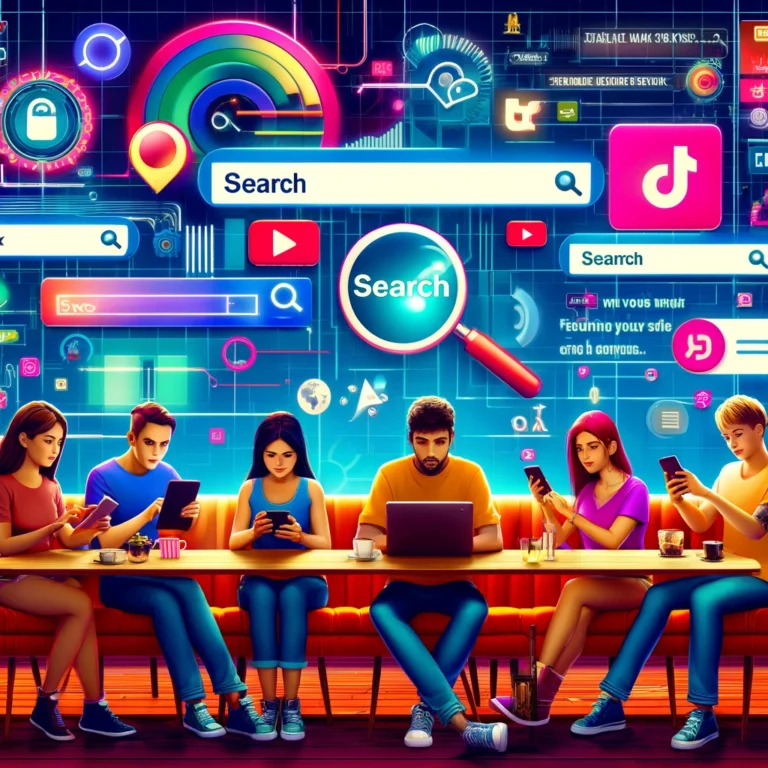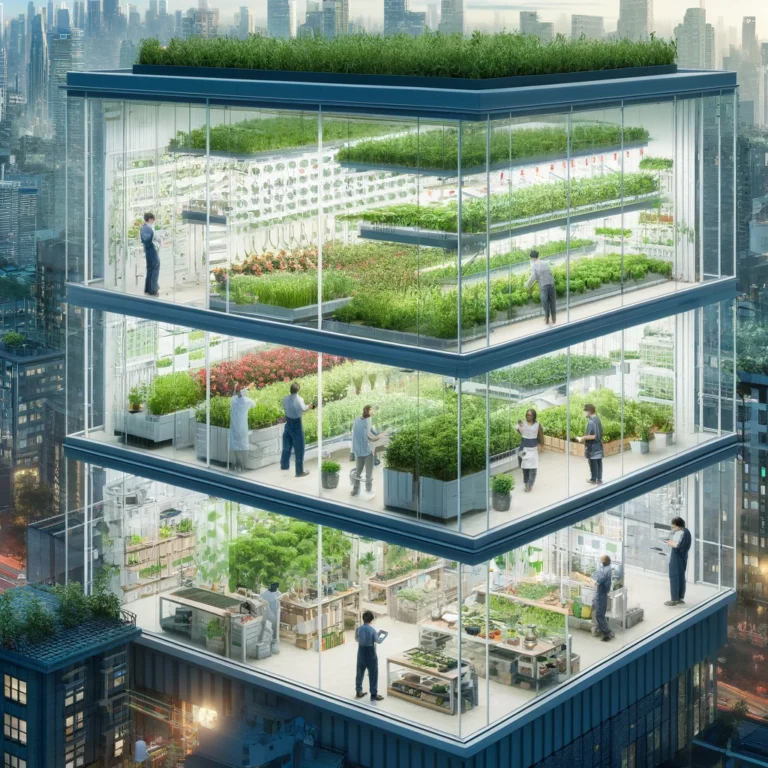As we delve into the culinary trends of 2024, one of the most notable shifts is the increasing preference for plant-based diets, not just as a fad but as a mainstream lifestyle choice. This movement is being driven by a growing awareness of health benefits, environmental sustainability, and innovative new product offerings that make plant-based eating more accessible and enjoyable than ever before.
The Shift Toward Whole, Real Ingredients
This year, the spotlight is on using whole, real ingredients in plant-based products. Whole Foods predicts a significant shift away from processed meat alternatives towards more natural and less processed options. Foods like mushrooms, walnuts, tempeh, and legumes are taking center stage, offering consumers a variety of textures and flavors while packing a nutritional punch.
Innovations in Plant-Based Products
The innovation doesn’t stop at just using real plants. Many new products are emerging that focus on simplicity and health, with some plant-based milk alternatives now boasting minimal ingredients—sometimes as few as two. This trend is not only about providing vegan alternatives but also about enhancing nutritional profiles and making products as clean and straightforward as possible.
Benefits and Broader Implications
The benefits of plant-based eating extend beyond individual health and impact global sustainability. By reducing reliance on animal products, these diets can lead to lower carbon footprints and less strain on resources such as water and land. Moreover, the focus on whole ingredients supports biodiversity and can lead to agricultural practices that are more in harmony with the environment.
Consumer Adoption and Market Growth
The increasing availability of appealing plant-based options is making it easier for consumers to incorporate more plants into their diets without feeling like they’re sacrificing taste or satisfaction. This ease of adoption is crucial for the trend’s growth, as it lowers the barrier for trying and converting to plant-based eating habits.
In summary, 2024 is shaping up to be a pivotal year for plant-based eating, with innovations that make it more appealing and accessible than ever. As consumers continue to seek out foods that are good for them and good for the planet, the market for plant-based products is expected to continue its rapid growth, influencing not just what we eat but how food is produced globally.













